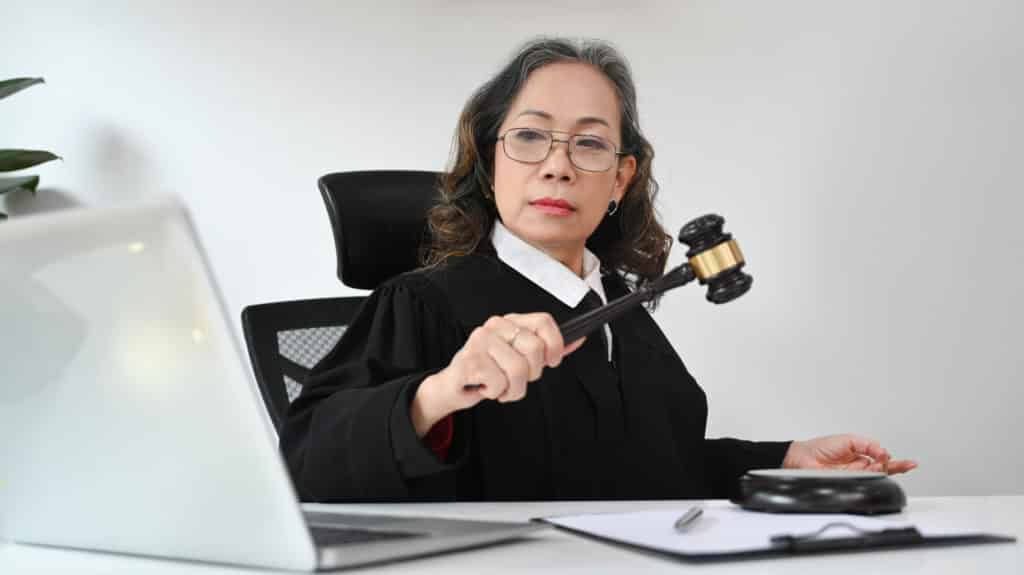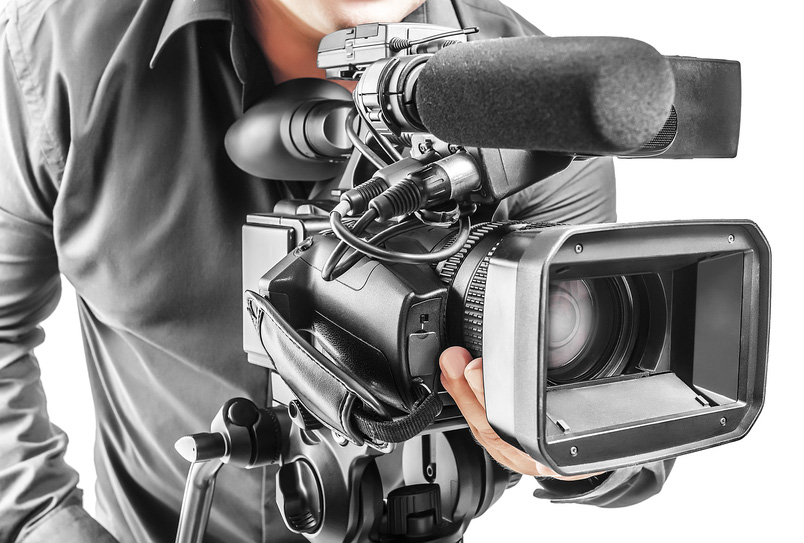How Legal Videography Can Make or Break Your Legal Strategy
How Legal Videography Can Make or Break Your Legal Strategy
Blog Article
Exploring the Devices of Lawful Videography: Introduction Its Procedure in Shielding Genuine Visual Statement for Judicial Procedures
In the world of judicial proceedings, the function of legal videography stands as a foundation in preserving and offering visual proof. As modern technology continues to advance, the systems behind legal videography have come to be progressively intricate, using an essential layer of credibility to testimonies caught on video clip.
Historical Advancement of Legal Videography
Checking out the historical progression of lawful videography reveals a considerable makeover in the capturing and presentation of aesthetic proof within the lawful landscape. In the past, legal procedures greatly relied on created transcripts and pictures to document occasions and give evidence. Nevertheless, with the arrival of video technology, the legal market observed a standard shift in how visual statement was recorded and offered.
The evolution of legal videography can be traced back to the late 20th century when improvements in video clip recording devices made it more available for use in courts. This technological development not only enhanced the accuracy and reliability of aesthetic proof yet additionally changed the means instances were offered to juries and judges (Legal Videography). Attorneys started to identify the influential power of video recordings in communicating emotions, nuances, and non-verbal signs that created transcripts or photos alone could not catch properly

Technology Developments in Video Documentation
What vital technological advancements have changed video documents in the legal area? The legal area has seen substantial developments in video clip paperwork modern technology that have boosted the authenticity and integrity of visual proof in judicial proceedings.
Additionally, advancements in video file encryption and watermarking technologies have actually bolstered the safety and tamper-proof nature of video evidence, securing it versus unauthorized modifications or meddling. Additionally, the arrival of cloud storage services and remote accessibility capabilities has streamlined the storage, access, and sharing of video clip evidence, helping with smooth cooperation among legal professionals and guaranteeing reliable accessibility to crucial aesthetic testaments when required. These technological advancements in video documentation have unquestionably reinvented the lawful area, improving the accuracy, integrity, and admissibility of aesthetic proof in judicial procedures.
Function of Legal Videographers in Courtroom Settings
The development of video documents modern technology in the lawful field has actually demanded a critical function for legal videographers in court room setups, making sure the integrity and integrity of aesthetic statements offered throughout judicial procedures. Lawful videographers play a basic function in recording and protecting accurate aesthetic evidence that can be crucial in court instances. Their obligation includes establishing devices, recording proceedings, and creating top quality video clips that precisely mirror the events in the courtroom.
In addition, lawful videographers often work carefully with lawful teams to guarantee that the video clip proof straightens with the instance's requirements and can be Get More Info efficiently offered in court to sustain the lawful disagreements being made. Generally, the function of legal videographers in courtroom settings is essential in supporting the principles of justice and making sure the transparency of legal proceedings. Legal Videography.

Ensuring Admissibility and Honesty of Video Proof
To keep the trustworthiness of aesthetic evidence presented in lawful proceedings, making sure the admissibility and integrity of video proof is a critical obligation for lawful videographers. Admissibility refers to the acceptance of proof by the court, and for video proof to be permissible, it must satisfy particular criteria. Legal videographers play an important duty in ensuring that the videos they capture abide by the regulations of proof, such as reliability, authenticity, and relevance.
Integrity of video evidence entails keeping the creativity and precision of the video from the moment it is videotaped till it is offered in court. This consists of safely keeping the video files, documenting the chain of safekeeping, and stopping any type of tampering or modifications. Lawful videographers need to comply with strict protocols to assure the honesty of the video clip evidence and prevent any kind of challenges to its credibility.
Future Trends in Legal Videography
Provided the increasing dependence on modern technology in lawful proceedings, lawful videographers are positioned to accept innovative advancements forming the future of visual statement capture and discussion. Among the noticeable trends imminent is the combination of virtual fact (VIRTUAL REALITY) and enhanced reality (AR) modern technologies into legal videography. These modern technologies have the prospective to revolutionize just how visual proof exists in courtrooms, enabling juries and courts to immerse themselves in the scene of the criminal activity or occurrence.
Furthermore, using expert system (AI) formulas for video evaluation is expected to enhance the process of examining and evaluating huge amounts of video clip footage. AI can aid in determining vital moments, abnormalities, and patterns within video clips, boosting the performance of legal investigations.

Final Thought
Finally, legal videography has actually played a vital role in giving authentic aesthetic proof for judicial proceedings. Via technological innovations and the knowledge of lawful videographers, the stability and admissibility of video clip evidence are made sure in courtroom setups. As lawful videography remains to advance, it will be necessary to support criteria that maintain the accuracy and dependability of aesthetic testimony for the future of lawful process.
Analyzing the historic development of legal videography exposes a substantial transformation visit our website in the catching and discussion of aesthetic evidence within the legal landscape.The development of video clip documents technology in the legal field has actually demanded an essential function for lawful videographers in court room setups, ensuring the stability and dependability of aesthetic testaments presented during judicial procedures. Furthermore, lawful videographers usually function very closely with lawful groups to make certain that the video clip proof aligns with the case's requirements and can be efficiently provided in court to support the legal disagreements being made.To preserve the reputation of aesthetic proof offered in lawful procedures, guaranteeing the admissibility and integrity of video proof is a critical responsibility for lawful videographers. As lawful videography proceeds to progress, it will certainly be necessary to maintain requirements that preserve the accuracy and reliability of visual statement for the future of legal proceedings.
Report this page